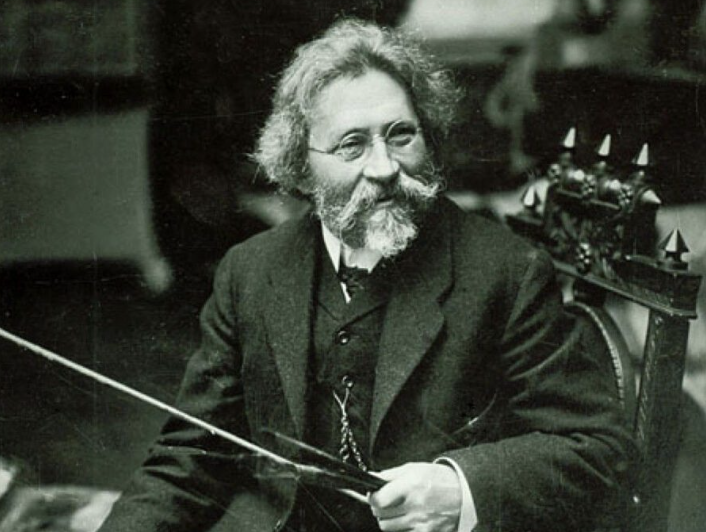In a significant move, Finland’s largest art museum, the Athenaeum, has officially changed the nationality of renowned 19th-century Realist painter Ilya Repin from Russian to Ukrainian. This decision comes in response to a campaign led by Ukrainians advocating for the acknowledgment of Repin’s true heritage.
Initial Cataloging and Controversy
The controversy began when the Athenaeum Museum initially cataloged Ilya Repin as a Russian artist in 2021. This decision triggered protests from members of the Ukrainian community, particularly spearheaded by journalist Anna Lodygina. Lodygina conducted an exhaustive investigation, uncovering historical records that contradicted the museum’s classification.
Debunking the Misrepresentation
Anna Lodygina’s investigation revealed that Repin was born in territory now recognized as part of Ukraine, challenging the museum’s records that listed his parents as Russians born in the Moscow region. Church records recovered by Lodygina indicated that Repin’s father and grandfather were, in fact, born in Ukrainian territory. The misrepresentation of Repin’s origins was not confined to the Athenaeum Museum but extended to other exhibitions worldwide.
Exhibition Discrepancies and International Impact
The misclassification of Ilya Repin’s nationality was particularly evident during a large exhibition of his works staged by the Finnish museum, in collaboration with the Tretyakov Gallery and the Museum of Russian Art, just six months before the Russian invasion of Ukraine. Despite Repin’s Ukrainian roots, he was presented as a Russian national.
Anna Lodygina, in her conversations with the exhibition curator, revealed the curator’s reliance on records stating Repin’s parents were Russians. This prompted Lodygina to seek evidence from the Repin Museum in Chuhuiv, ultimately highlighting the artist’s Ukrainian heritage.
Repin’s Artistic Legacy and Global Recognition
Ilya Repin, a prominent Realist painter in 19th-century Russia, gained fame for his portraits of literary and artistic luminaries, including Mikhail Glinka, Pavel Tretyakov, and Leo Tolstoy. His ability to infuse scenes with emotion and mystery, ranging from portraits to street markets and snapshots of war, made him a celebrated figure in Russian art history.
Repin’s admiration for the Impressionists, developed during his two-year stint in Paris, added an allegorical dimension to his later works. Despite his significant contributions to Russian art, the recent trend in global art institutions is to rectify the nationality of artists with Ukrainian roots, acknowledging their true heritage.
Global Trend: Redefining Nationalities in Art
The Athenaeum Museum’s decision is not an isolated case. In February 2023, the New York Metro reclassified Ilya Repin and Ivan Aivazovsky as Ukrainian artists rather than Russian. Subsequently, in the following month, the Stadelijkk Museum in Amsterdam, home to a comprehensive collection of abstract artist Kazimir Malevich, similarly reclassified his nationality, contributing to a broader global trend.
A Paradigm Shift in Art Recognition
The reclassification of Ilya Repin’s nationality by Finland’s Athenaeum Museum reflects a broader shift in recognising and rectifying historical misrepresentations in art institutions worldwide. As the trend continues, it prompts a reevaluation of artists’ true heritage, emphasising the importance of accurate historical narratives in preserving artistic legacies.
Feature Image: Ilya Repin | Courtesy: Daily dose of art
The story behind the most haunting painting from Russia: Ivan the Terrible and his Son





